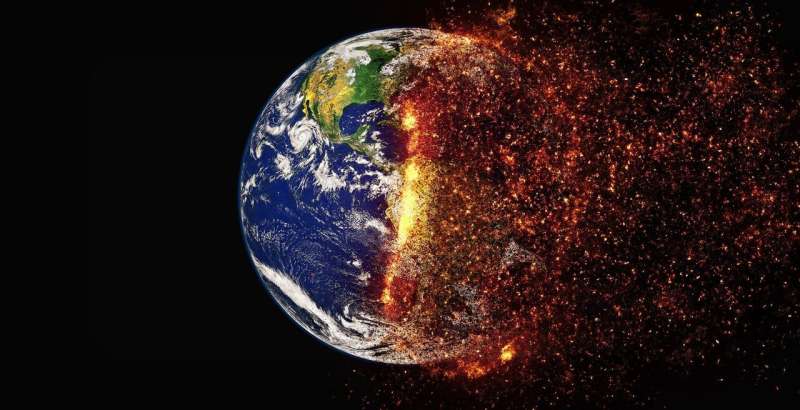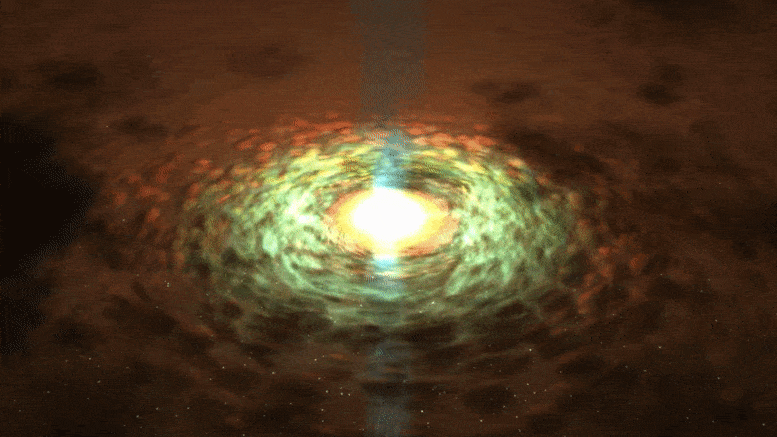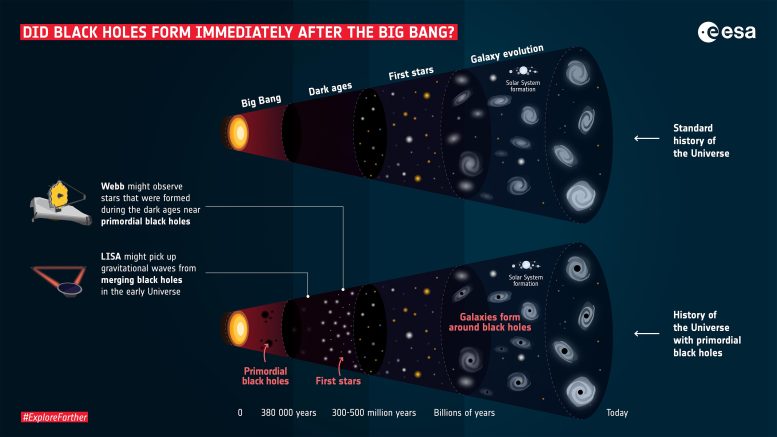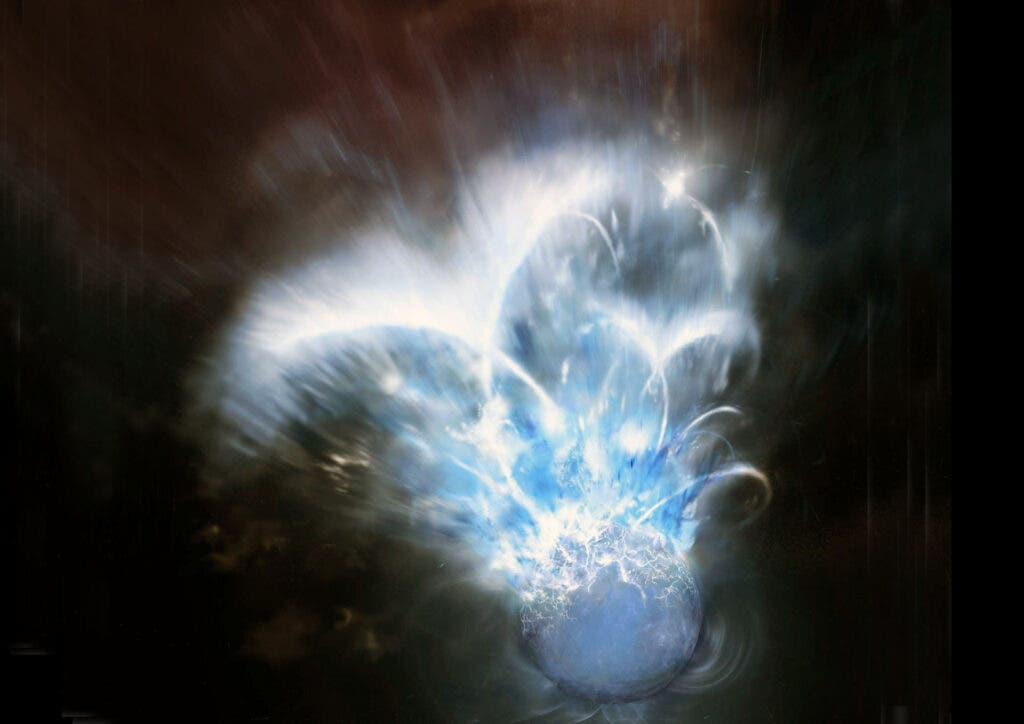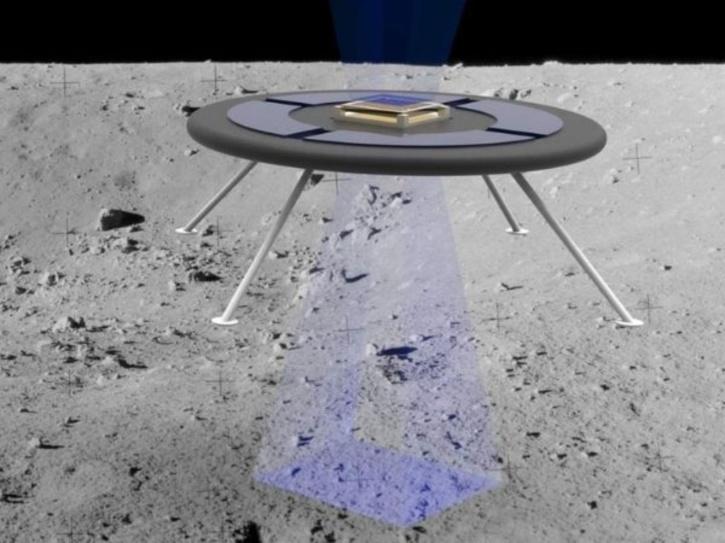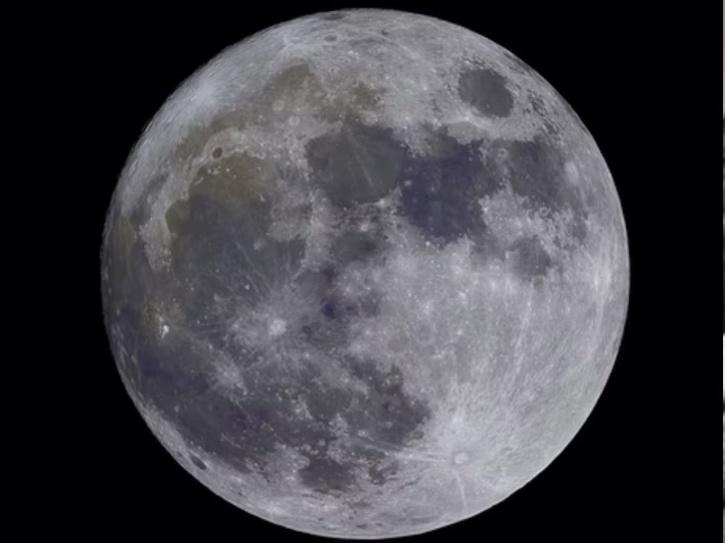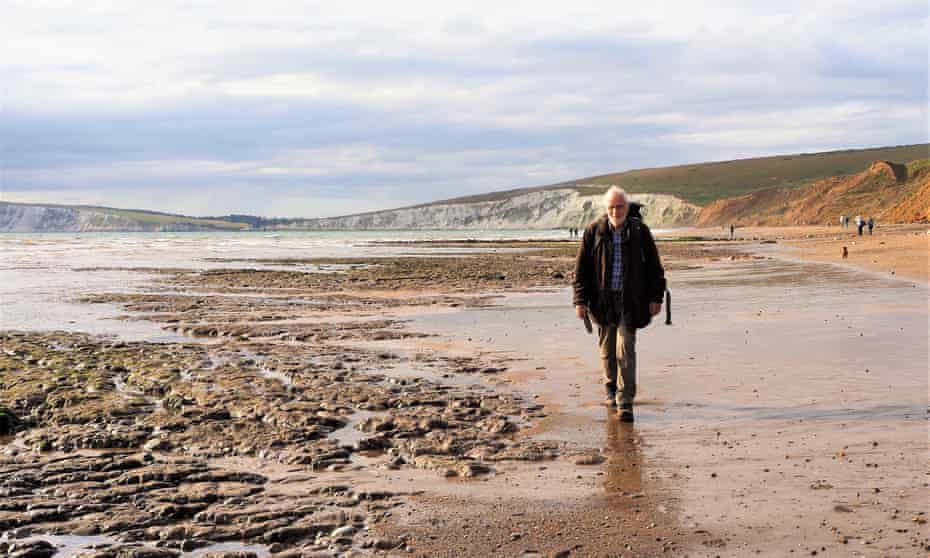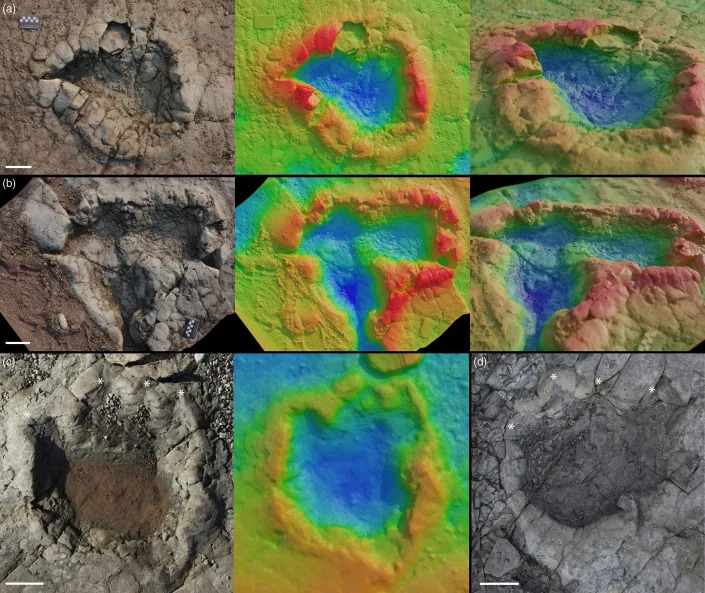Study finds reduced microbial diversity in guts of wild bears that eat human food
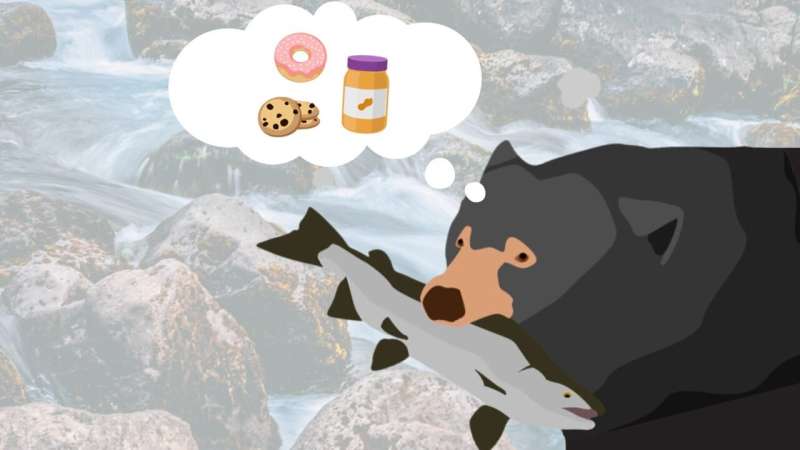
A recent study suggests that eating human food has a pronounced effect on the microbiome of black bears. Specifically, researchers from North Carolina State University and Northern Michigan University found that wild bears who consumed a lot of processed foods had far less diversity in the microbial ecosystems of their guts.
"We know a 'western' diet can reduce microbial diversity in the guts of humans, mice and other species, which can have an adverse effect on their health," says Erin McKenney, co-author of the study and an assistant professor of applied ecology at NC State. "We want to know if the same is true for wildlife, particularly given the increasing overlap between where people live and where wildlife lives. One possibility our work here raises is that if wildlife begin consuming human foods, it may affect their ability to derive as much nutrition from their traditional, wild diet if they stop eating human foods."
"One step toward seeing if the same is true for wildlife is to assess the impact that human foods have on the gut microbiome of wild mammals," says Sierra Gillman, first author of the study and a Ph.D. student at the University of Washington. "In this particular study, we wanted to know how human foods influence the gut microbiome of black bears." Gillman did the work while a grad student at NMU.
The researchers focused the study on Michigan, which allows hunters to "bait" bears by leaving out large quantities of human food, such as sugary cereals and candy. Hunters will bait specific sites for weeks or months to lure bears to a specific area on a regular basis. As a result, some bears have a diet that is rich in human junk food for an extended period of time.
To collect samples from the wild bear population, the researchers worked with guides who lead scheduled trips with hunters in the Upper Peninsula of Michigan. The guides collected samples from bears that were harvested when the guides went on their regularly scheduled trips with hunters. Specifically, the guides followed a detailed protocol for retrieving hair samples and two gut samples. The gut samples were from the jejunum, which is the middle section of the small intestine, and the colon, which is also called the large intestine. Ultimately, the researchers were able to retrieve samples from 35 legally-harvested bears.
The researchers processed the gut samples to identify both what kinds of microbes were present in each bear's microbiome as well as how many of each type of microbe was present.
The researchers also conducted a carbon isotope analysis of the bear's hair, which gave them an assessment of each bear's long-term diet. More specifically, the analysis told researchers the extent to which each bear was consuming sugar and corn, which are more likely to be found in processed foods.
When analyzing the data, the researchers looked at two measures of gut biodiversity. First they look at the total number of different species present. Second, they looked at a measure called Faith's phylogenetic diversity, which looks at how many different types of species are present.
"Basically, Faith's phylogenetic diversity assesses how many branches of the bacterial family tree are represented," Gillman says.
Both measures of gut biodiversity were substantially lower in bears that had been eating more processed foods.
"Essentially, we found that the more human food black bears eat, and the longer they eat it, the less diverse their gut microbiomes," Gillman says
"Sugar is very easy to digest," McKenney says. "Lots of bacteria can consume it. In practical terms, that means processed human foods actually have less food available for bacteria that specialize in breaking down fiber or other microaccessible carbohydrates. Those bacterial specialists have trouble competing with the other bacteria for sugar, and their niche in the food web isn't sustainable if bears don't eat enough of their traditional diet. We think that's one of the mechanisms for reducing gut microdiversity.
"And if the gut biodiversity suffers when bears begin consuming more human food, that raises the possibility that it would be more difficult for bears to derive as much nutritional value from non-human foods if they return to a 'wild' diet," McKenney says. "Basically, it's not clear how quickly microbial species that break down fiber, etc., would return."
"Now that we've identified this association between eating human food and microbial biodiversity, we need to do additional work to determine what this means for the health of these animals—and potentially other animals," Gillman says.
"Many hunters use camera traps to monitor their bait sites, and people we've worked with have told us that they see a wide variety of species—raccoons, fishers, martens, deer, hares—eating the bear bait," says Diana Lafferty, co-author of the paper and an assistant professor of wildlife ecology at NMU.
"It's not clear how baiting might be affecting the microbiomes or health of other wildlife that is taking advantage of the free food. As we think about conservation, assessing the impact of our activities on diversity may need to extend to protecting microbial diversity. Because the evidence increasingly suggests that many of these microbial organisms are critical to the health of wildlife species. How does baiting fit into that? Those are issues I think we'll need to explore."
The paper, "Human-provisioned foods reduce gut microbiome diversity in American black bears (Ursus americanus)," is published in the Journal of Mammalogy.
Black bear gut biome surprisingly simple, scientists say
More information: Sierra J Gillman et al, Human-provisioned foods reduce gut microbiome diversity in American black bears (Ursus americanus), Journal of Mammalogy (2021). DOI: 10.1093/jmammal/gyab154
Journal information: Journal of Mammalogy
Provided by North Carolina State University

